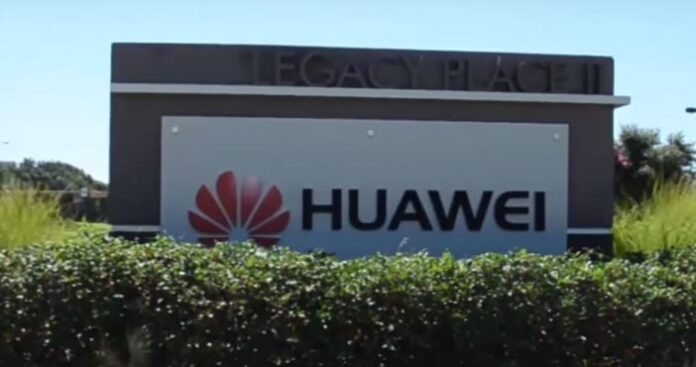Huawei is one of the driving forces behind narrowband IoT, but the company may also capture a piece of the market for LTE Category M1 solutions. Its newest internet of things module uses Sequans’ Monarch chipset, which supports both NB-IoT and Cat M1.
Unlike NB-IoT, Cat M1 supports mobility and voice commands for IoT devices. Both AT&T and Verizon Wireless have already added support for Cat M1 to their networks. None of the U.S. carriers have rolled out NB-IoT yet, although T-Mobile US is testing the technology.
Huawei’s ME309-562 module is designed for Cat M1 use cases, such as asset tracking and wearable devices. It supports LTE bands 2, 4, 12, and 13 and includes an embedded UDP/TCP/FTP/HTTP stack. This is likely to be the first of several Huawei modules to use the Monarch platform, as Huawei and Sequans announced earlier this year that they will deliver a series of modules based on Monarch.
“Huawei’s commitment and aggressiveness in supporting the IoT module market is unmatched,” said Sequans CEO Georges Karam. Sequans is working with a number of module makers, some of which have announced their partnerships with the chipmaker and some of which are still private.
“We chose Sequans’ technology because Sequans is a leader in LTE for IoT and was able to deliver the level of power, performance, size, and worldwide interoperability that will rapidly grow the market,” said Ralph Huang, M2M product director at Huawei’s devices group.
Qualcomm and Sony’s Altair Semiconductor also make LTE Cat-M1 chipsets. Qualcomm is thought to be supplying module makers U-Blox and Sierra Wireless, although neither of those companies has announced a chipset supplier. Like the Sequans solution, Qualcomm’s chip supports both LTE Cat-M1 and NB-IoT.
Follow me on Twitter.

